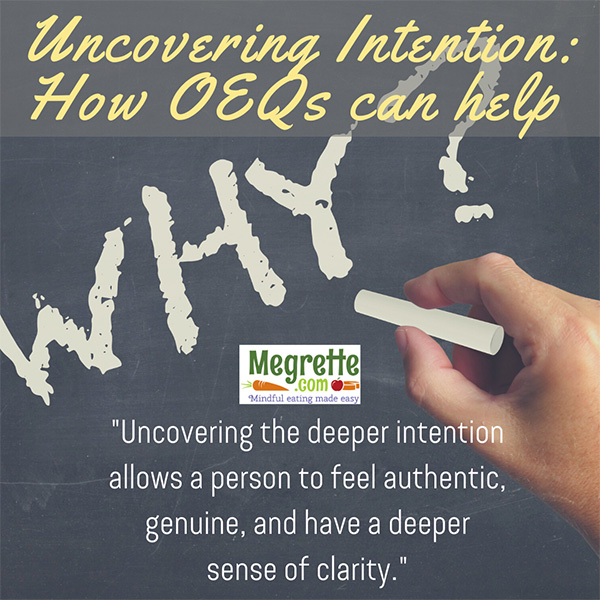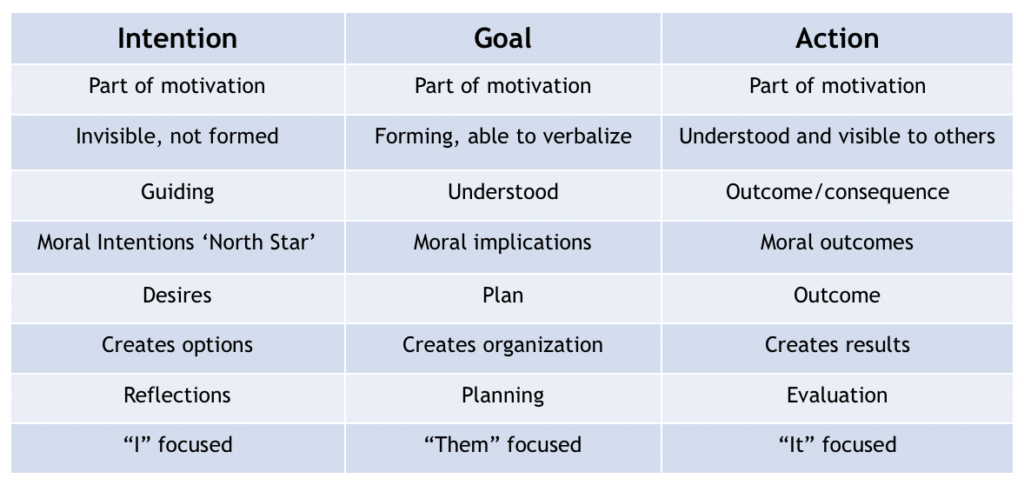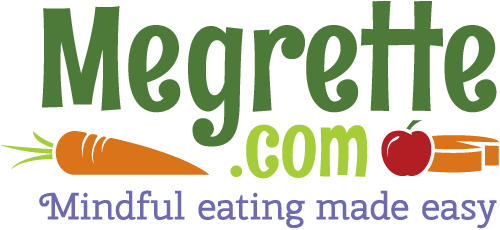Creating a connection with your clients is easy when they share their deeper desires. It’s lovely when our job as educators and coaches are straight forward yet, what do we do when the client isn’t able to tell us what is wrong or what they want to work on? In this issue, we will continue to explore how the OEQ facilitates connection. If you are wondering what ‘OEQs’ are, they are Open-Ended Questions, and they are a vital skill when using Motivational Interviewing. If you missed the Fall 2019 issue of The Thought Compass which explored the benefits of using OEQs with clients, you can still read it by signing up for my newsletter. In this post, we will continue looking at the essential skill of asking Open-Ended Questions and explore how they build connection.

Uncovering Your Client’s Deeper Intention
Discovering a person’s intention is the initial step in counseling. Yet, many times our clients have more than one intention. The following example can help you see this all too common situation firsthand. Professionals who teach mindful eating would agree clients have an ‘Ah-ha’ moment when they realize their intention to be X or Y distracts them from noticing the flavor of the bite in the mouth. This insight is transformative because prior to this the client might have believed they only needed to be future-focused. They were completely unaware two forces are at work, one is the present moment, i.e. enjoying the bite, and the other is a distant health outcome. Many professionals struggle with understanding how a client’s intention is different than his or her goal or action. These three concepts, intention, goals, and actions, are distinct, and by separating them, you will find it easier to connect with your client’s deeper desires.
Below is a table identifying how Intentions, Goals, and Actions are part of a process that moves ideas and desires from a less organized plan to a fully understood plan.

Digging Deeper into Intention
Intention is an invisible force that guides a person to understand what is helpful, what outcome they want, and what action they need to take to achieve it. Observing and reflecting your client’s intention helps them connect with a deeper desire, which likely has a moral aspect and opens the mind to opportunity. Consider how this might look using the following counseling encounter.
Client: “I want to change my diet because my blood sugars are not in target anymore, but I don’t want to make my family eat ‘my’ food. It doesn’t seem fair because they don’t have diabetes.”
In this situation, the client wants to make some dietary changes (action) to improve their health (intention) without impacting the family because ‘it’s not fair’ (a moral aspect of the change).
Uncovering the deeper intention allows a person to feel authentic, genuine, and have a deeper sense of clarity. Revealing this deeper intention provides insight, and at the same time, can become a moral ‘North Star.’ In counseling, it is clear there is value in clarifying a person’s intention, but how exactly do you accomplish it? Using OEQs can assist you in shepherding the client to the next step — creating goals. Here is how:
Professional: “What ideas do you have to accomplish this?” or “What things are working?” or “What barriers do you want to focus on today?”
OEQs can help your client’s intention, which typically is not fully formed, take shape while it generates internal motivation. How? Asking OEQs help explore the vague but emerging intention. Reflecting the client’s partially formed desires, over time, gives their intention substance, and moves them from an ambiguous desire (fuzzy goal) to something they can verbalize.
OEQs not only help clients explore deeper purposes, they can be used in each of the three steps: Intentions, Goals, and Actions. Understanding the effectiveness of OEQs can help you relax and not rush the counseling process. In fact, think of moving a person’s intention to a goal as similar to giving birth, it takes hours of labor, and a final “big push” at the end!
Like a newborn, your client’s goals are vulnerable and fragile! It’s understandable to be shy and uncomfortable verbalizing these newly formed goals because there are moral implications to them. Family and friends can ‘argue’ about a goal, offering comments like, ‘That won’t work!’ or “You should try XYZ instead.” It makes sense our clients need a safe space to explore and discuss their newly crafted goals.
Shifting from goals to action can be a relief because actions are visible. They are activities or events a person does, and as such, they often gain attention, and comments, such as “Aren’t you being good!”, “I’m proud of you!” or “Is that allowed?” Such unintended judgments as mindless comments are ‘frosting’ with a moral flavoring which can diminish motivation. This is why, as professionals, we must remain neutral.
Building a clear sense of the client’s intention is the initial step for you to move effectively through these three phases of change: Intentions, Goals, and Actions. Using OEQs can help you create a connection with your client. They are an essential counseling skill and are a foundational aspect of Motivational Interviewing. When you are asking your clients about their thoughts, feelings, and experiences, versus telling your client what to do, you remain nonjudgmental, avoiding a common counseling pitfall.
It’s good to know all of the programs and books produced by megrette.com use Motivational Interviewing and Mindful Eating in a weight neutral way. The book, Discover Mindful Eating: A Resource of Handouts for Health Professionals is a great way to practice Motivational Interviewing while deepening your understanding of mindful eating.

